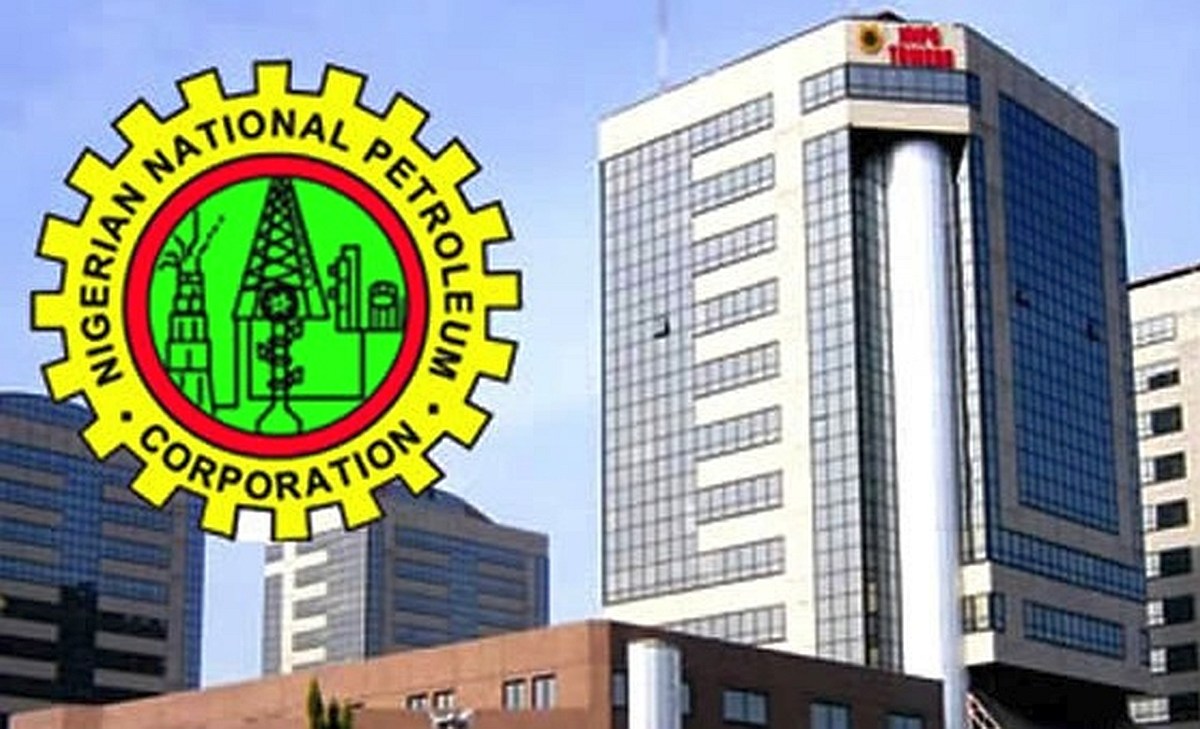Brent crude, for June delivery was down $1.76, or 8.2%, at $19.68 a barrel, following its 23.7% weekly drop. As a result Nigerian Petroleum Corporation NNPC has delayed releasing its future oil export plans as it negotiates with local companies and international majors about how to cut output in line with a global deal on production curbs, trading sources said. Official selling prices (OSPs) for Nigerian oil, usually issued in the second or third week of each month, had still not been issued on Monday. The global supply deal, agreed by the OPEC+ group of oil producers, is due to go into effect on May 1. Traders expect the May OSPs to fall below April’s record lows published by Nigeria National Petroleum Corporation (NNPC).
Traders of Nigerian oil told Reuters that Nigeria, an OPEC member, had revised its May programmes for oil cargoes and would also have to lower its output in June, based on the OPEC+ deal. “May cargoes will get delayed and new June cargoes may be relatively few,” one of the sources said. The Organization of the Petroleum Exporting Countries, Russia and other allied producers agreed to cut their combined output by 9.7 million barrels per day, or each reducing its production by more than 20%. The first round of cuts will run in May and June. Reductions will be less severe after that. “The NNPC is working out the cuts for the international oil companies. That’s why the programme for June and OSP for May is yet to come out,” another trading source said.
“The market knows that the storage problem remains and we are on a calculated path to reach tank tops in weeks,” wrote Bjornar Tonhaugen, head of oil markets at Rystad Energy in a daily research note.
Prices can only decline when producers have nowhere to store oil in the near term, he wrote.
The fall for oil comes as a pact by the Organisation of the Petroleum Exporting Countries has failed to quell rampant worries about too much supply and a shrinking number of facilities to store the asset. Higher prices for contracts for oil in later months also has consequently encouraged further storing of crude and amplified pressures on its price. OPEC and allies, including Russia, making up a group known as OPEC+, are slated to commence cuts equating to 9.7 million a barrel a day, about 13% of global production, on May 1 through June, but that is viewed by experts as doing little to address a global glut of historic proportions. Adding to the problems of crude has been the demand shock resulting from the outbreak of the novel strain of coronavirus that has brought global economies to a near standstill, delivering a gut punch to oil producers world-wide.
According to reports, countries including Kuwait also have started to cut production ahead of the start of the May 1 date for agreed upon cuts to start. Meanwhile, U.S. shale producers have continued shutting down oil-drilling rigs. Baker Hughes on Friday reported that the number of active U.S. rigs drilling for oil dropped by 60 to 378 this week. That marked a sixth straight weekly decline and implied further declines in domestic oil output. Liquidity in the nearby WTI futures market remains a problem with the United States Oil Fund LP rolling into deferred contracts following the disaster” with the May WTI contract which expired last week at a negative price, said Marshall Steeves, energy markets analyst at IHS Markit. “The lockdowns are slowly being lifted in Europe and in some U.S. states, so it will probably be mid-May before there is a significant portion of the U.S. population driving around with manufacturing activity reviving to the point that distillate and gasoline demand revive,” Steeves told MarketWatch.
The NNPC, which has not issued any public notice of delays or output cuts, needs to discuss reductions with companies working in the country, including oil majors Royal Dutch Shell , BP, Exxon Mobil, Eni and Chevron. A source at an oil major operating in Nigeria said the discussions were ongoing, noting that agreement on precise output allocations for each company remained a hurdle. “This hasn’t been done before”, the source added. Two industry sources said talks ranged from an blanket percentage output cut for all players to focusing the output curbs more on offshore fields that are not run by a joint venture with NNPC. Brent crude, the benchmark against which Nigerian oil trades on the global market, fell to its lowest in two decades last week before staging a modest recovery. Brent was trading around $20 a barrel on Monday. Traders said Nigeria’s key crude grade Bonny Light was heard to be offered at as low as dated Brent minus $5, compared with a premium of $3 in more normal market conditions. Surging inventories, as demand for oil has tumbled due to global measures to fight the coronavirus, have made it a challenge for some producers to find buyers for their oil. At least three dozen Nigerian crude cargoes are still available for export in April and May and the country has minimal domestic storage.
NNPC head Mele Kyari told Nigerian media last week that Nigeria had to cut output because of scarce storage capacity.
In addition, major markets, such as Europe and Asia, spurned West African crude in favour of oil from producers that lie closer to them, cutting down on shipping times amid the market uncertainty and reducing freight costs.

